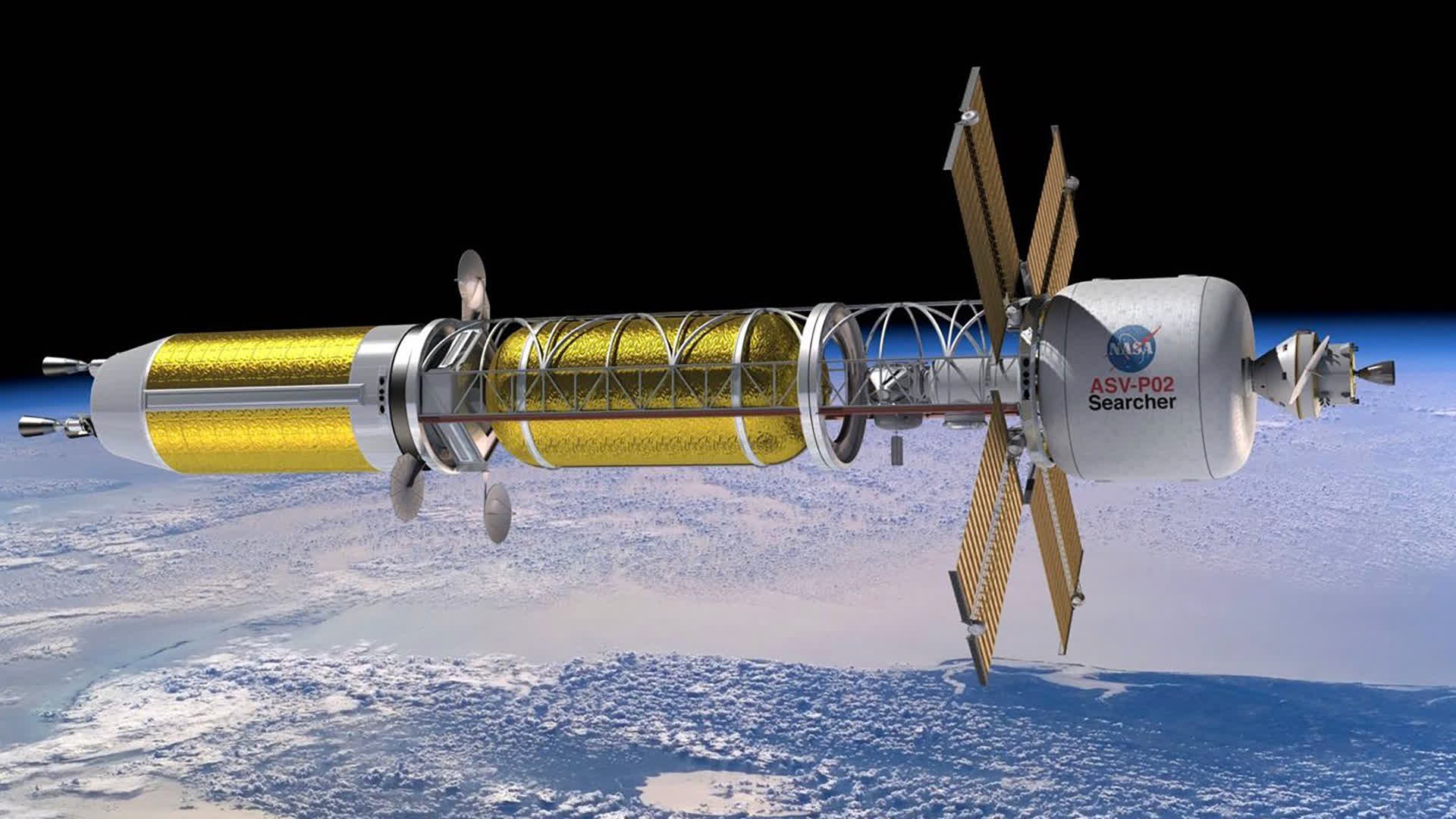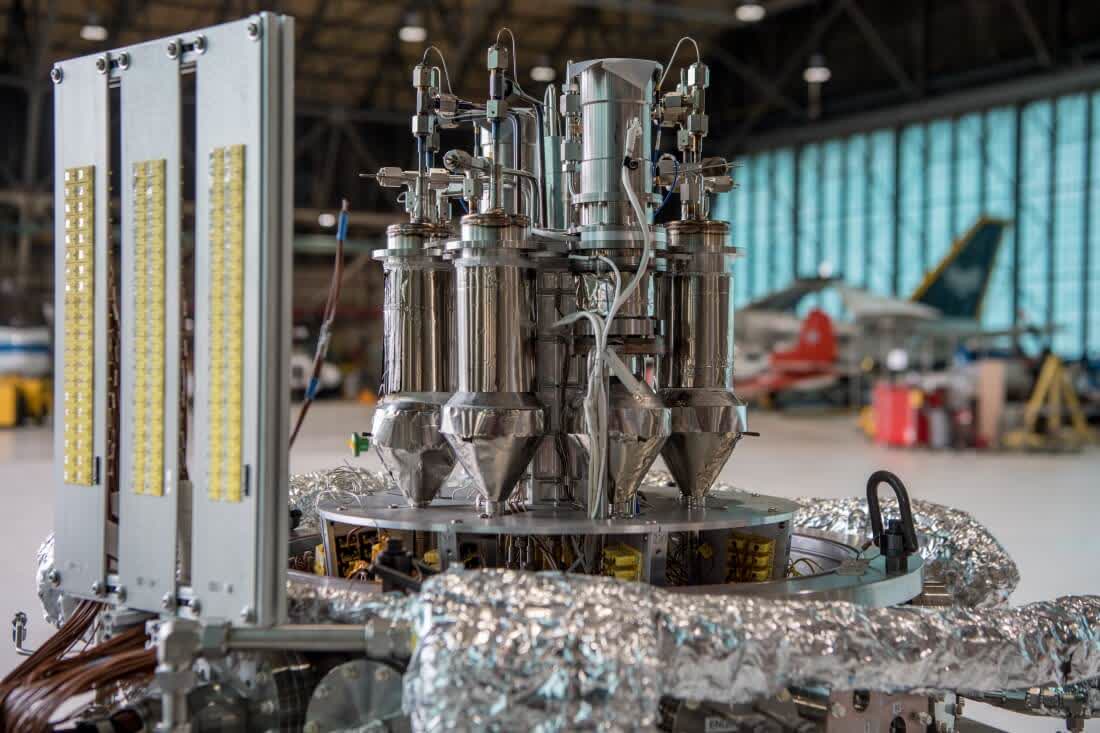What just happened? The Department of Defense’s (DoD) Defense Innovation Unit (DIU) is asking private-sector companies to submit proposals for advanced nuclear propulsion technologies that could be used to power future DoD missions in space.

The DoD in its request said existing electrical and solar-based propulsion systems are neither suitable for missions that will go beyond Earth orbit, nor are they compatible with the increasingly shrinking size of next-gen spacecraft. As such, an advanced propulsion system that enables high changes in velocity and electrical power to payloads, while also being fuel efficient, is a must.
It should come as little surprise that the US government and agencies like NASA are already working to develop fission-based propulsion and power systems. The DIU’s DoD partners, however, would prefer to adopt mature commercial tech that can be used in the near term.

In addition to the propulsion requirements, the DoD would also like for submitted systems to be able to provide heat to spacecraft systems (space can be a chilly place) and be scalable down to under 4,409 pounds (dry mass), all while minimizing the amount of radiation given off.
The DIU said submitted proposals must show credible manufacturing, regulatory and licensing paths that could result in the development of a prototype within three to five years.
Interested parties are encouraged to fill out the submission form on the DIU’s website to get the ball rolling. From there, they’ll need to submit a solution brief that is five or fewer pages and slide decks consisting of 15 or fewer slides. Responses are due by September 23, 2021.